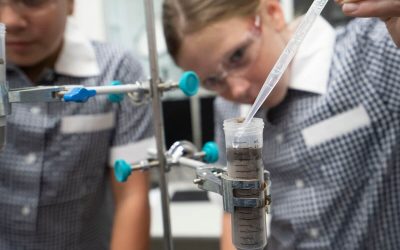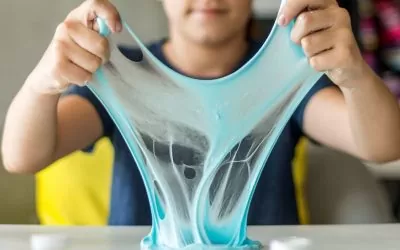If someone gave you a bucket of water and poked a hole in the bottom, you’d be able to hold the bucket up and watch the water drip out quickly. But, if the bucket was filled with honey instead, it would take much longer to drip out the bottom.
This happens because the water flows more easily than honey, and we measure the way liquids flow using their viscosity. A liquid that flows easily – like water – has a low viscosity, and a liquid that flows slowly – like honey – has a high viscosity.
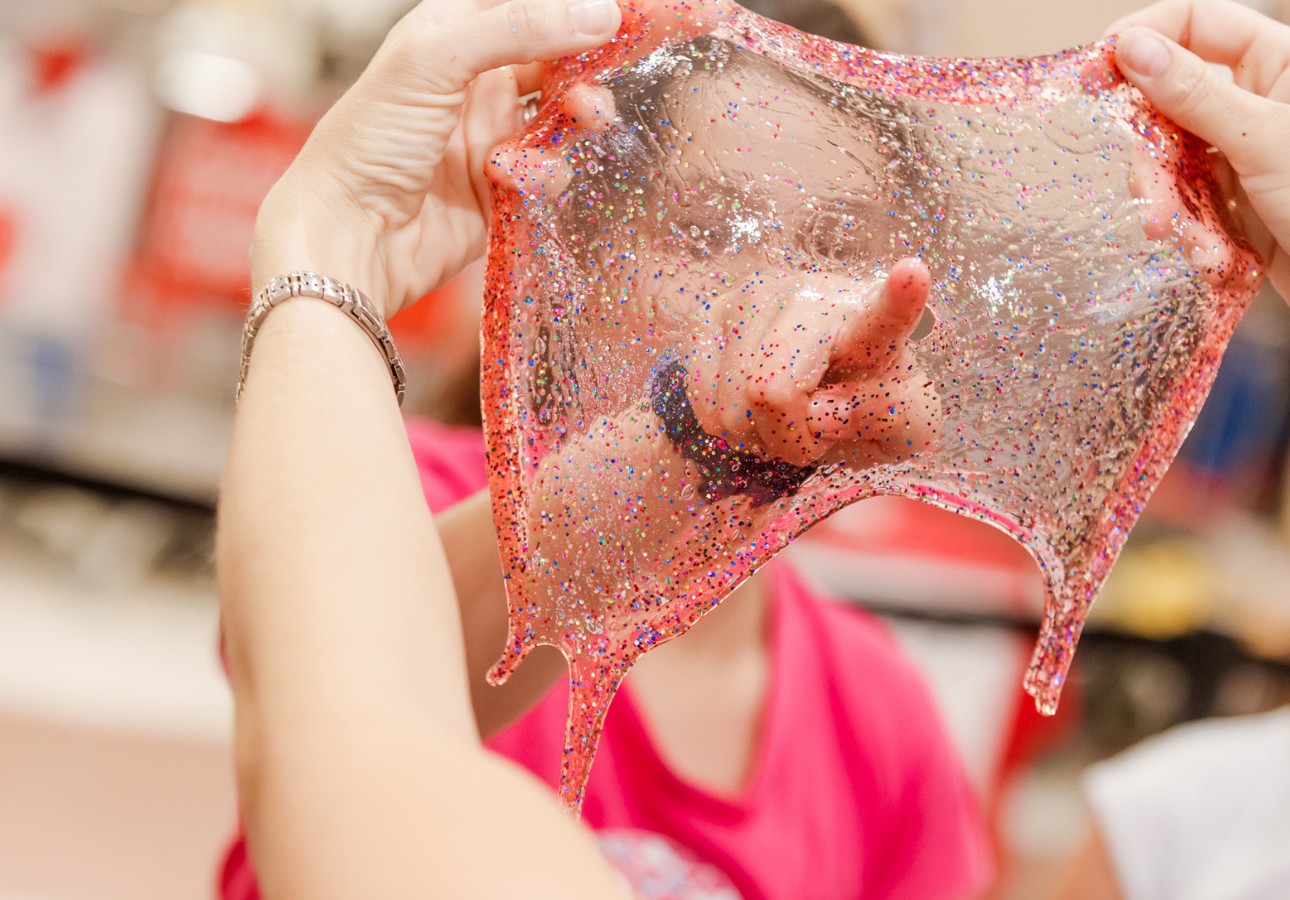
What Makes Liquid Flow?
It’s great that we can measure viscosity to see that honey is thicker than water, but we also need to know why liquid flows and moves at all.
There are three types of matter in the universe: gases, liquids and solids. Whether a matter is a gas, liquid or solid depends on the molecules that make it up and how they behave. The chair you’re sitting on is a solid that doesn’t float away like a gas, and it doesn’t flow away like a liquid. That’s because the molecules that make up solid materials are packed together tightly so that they all link together and form strong shapes. You could think of it as a stack of bricks that meshes together and holds up your house.
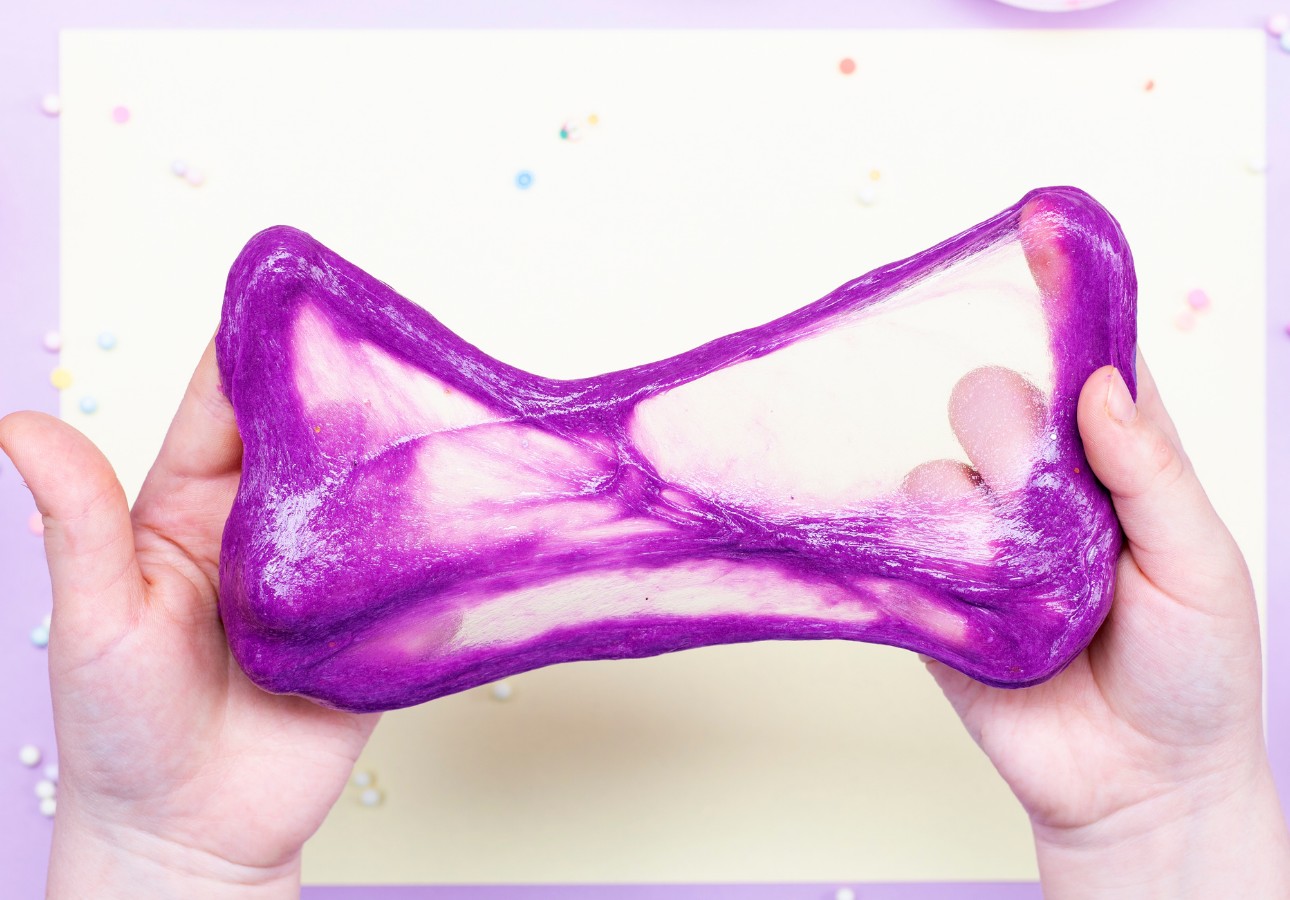
On the other hand, liquids do flow away, and that’s because their molecules are free to move around. Unlike solids, the molecules that make up liquids are not packed as tightly, and they don’t form strong shapes to support each other. The molecules shift and spread out instead of holding together, and that’s why water and honey both drip out of buckets with holes in the bottom. Whether a liquid is thick or thin depends on how tightly packed its molecules are and how much they rub against one another.
How Do We Measure It?
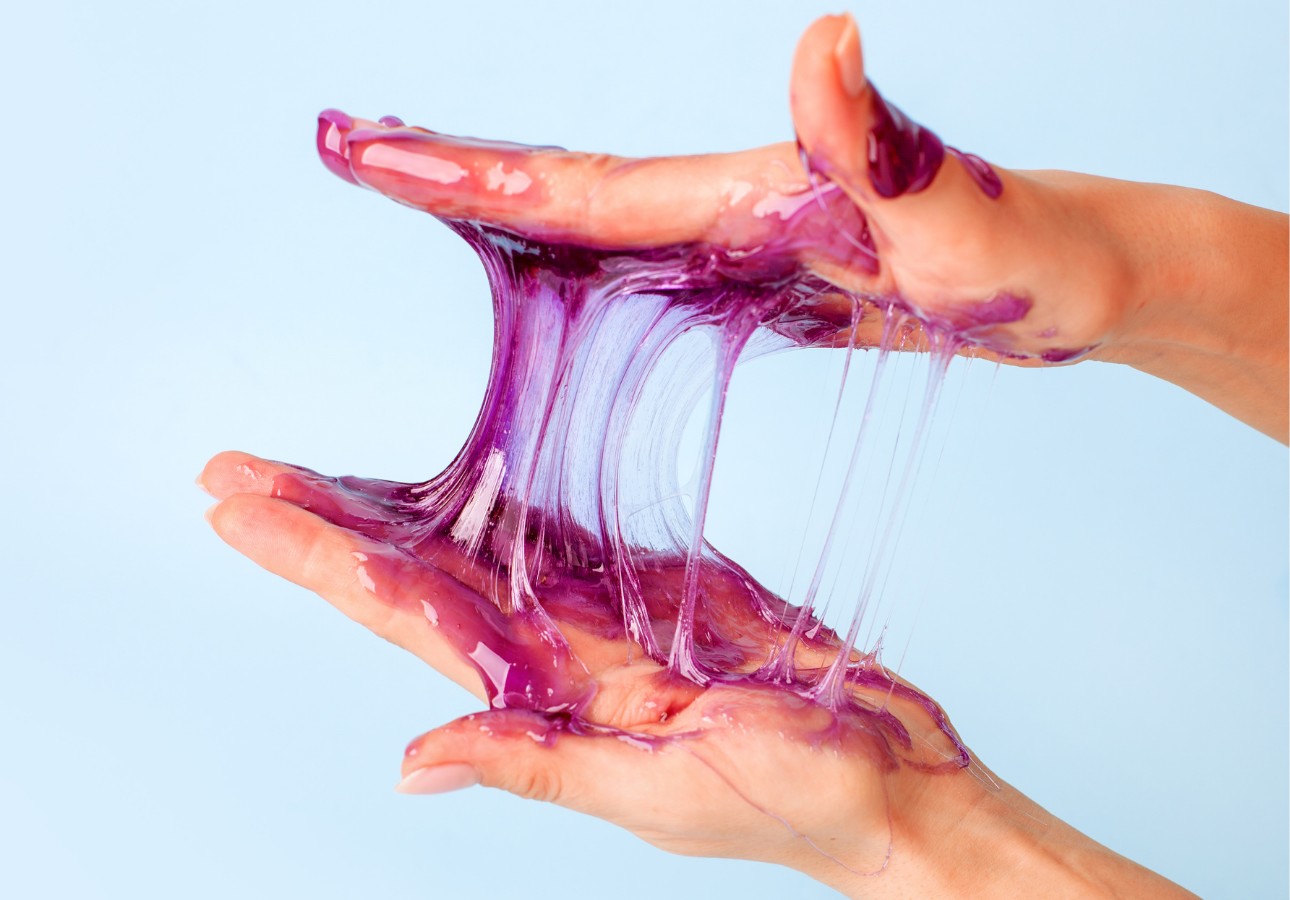
To help understand how thin or thick a liquid is we measure its viscosity.
Knowing the viscosity of a liquid is useful because it lets us know how liquids will react in different circumstances. After all, if the toothpaste in your tube was too thin it would never stay on the brush and help keep your teeth clean.
When scientists measure viscosity they use a tool called a viscometer. There are a few different types of viscometer but most measure how fast or slow a liquid moves as gravity pulls it towards the ground. An ‘Ostwald viscometer’ is one of the most simple kinds, and it’s simply made up of a U-shaped glass tube. Liquid is pumped into one side of the tube and then scientists measure how long it takes for the liquid to move from the high point to the low point.
The Fun of Viscosity
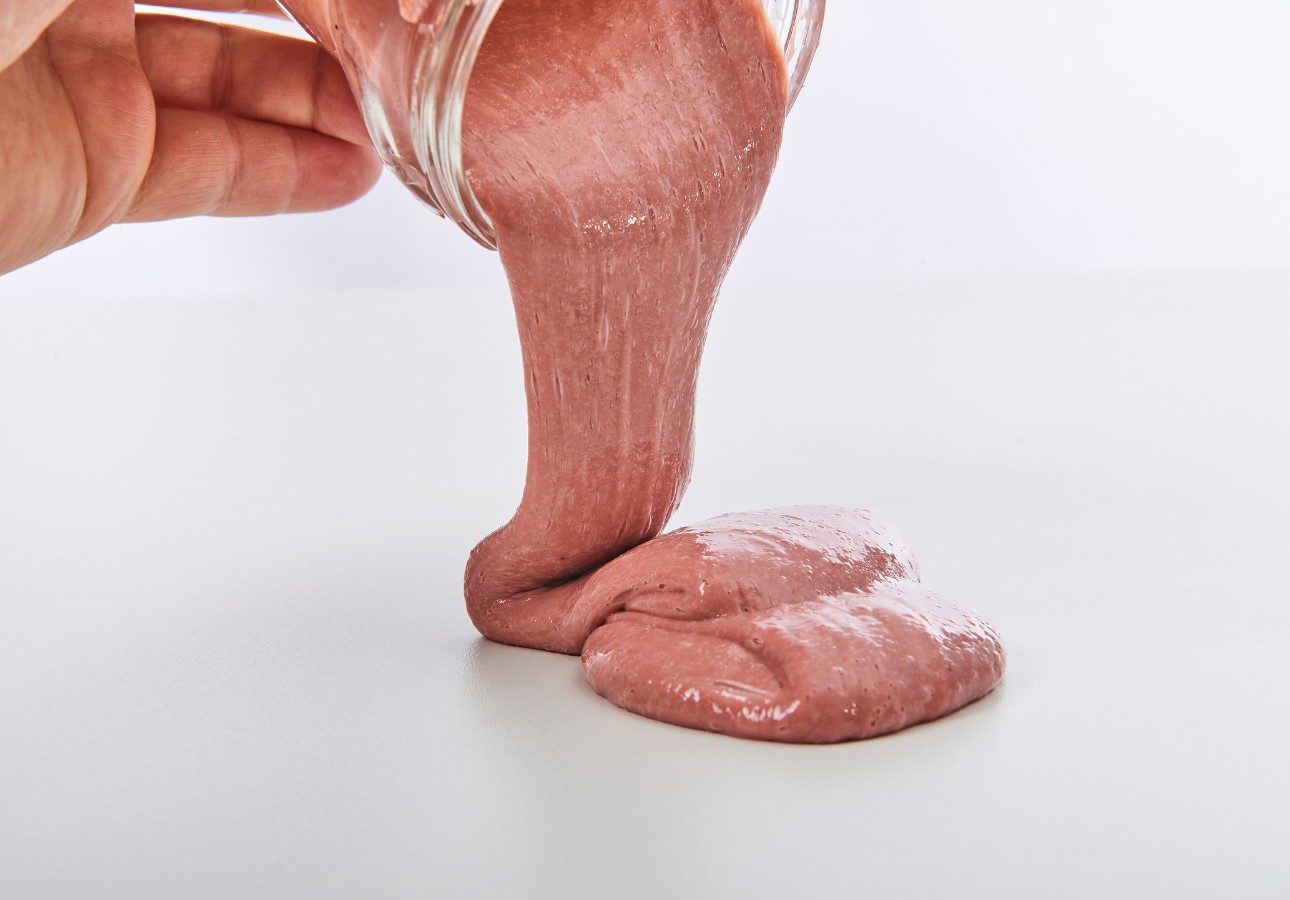
Liquids and viscosity aren’t all about water and honey leaking out of buckets though. Actually, you can have a lot of fun thanks to viscosity – and we don’t just mean going for a swim in the pool either.
We’re talking about slime! For a fun experiment, you can try it with your parents at home, slime is easy to make and tonnes of fun to get your hands into. Even though slime is springy and squishy it’s still a liquid, and it’s great fun to stretch and play with as it oozes all over the place.

Ask mum or dad for help and try this easy recipe for a squishy batch of slime:
- 140 grams PVA glue
- ½ cup water
- ½ teaspoon baking soda
- 1 tablespoon saline solution (salty water)
- Food colouring (optional)
Pour your PVA glue into a bowl and mix it with a ½ cup of water and a few drops of food colouring. Once those are mixed, add a ½ teaspoon of baking soda and stir it in. The baking soda will determine how thick the slime is. Now add 1 tablespoon of saline solution and mix it together quickly. Once the slime pulls away from the sides of the bowl keep mixing and kneading for a few minutes until it becomes less sticky and turns into proper slime!
Store your slime in an airtight container to help it last longer.
Want to Learn More About How Liquids Flow? Book a Street Science Workshop Today!
To learn more about water, honey and slimes of all kinds, book your spot in one of Street Science’s Perfect Polymers Workshop for Years 2, 5 and 6. Our classes are fun and educational, and our teachers have lessons for all ages, from kindy through to senior school. Get in touch with us today if you would like to book a workshop or find out more!

